7 smart products that will teach your child really cool lessons
These kits stealthily teach kids core principles of science and engineering

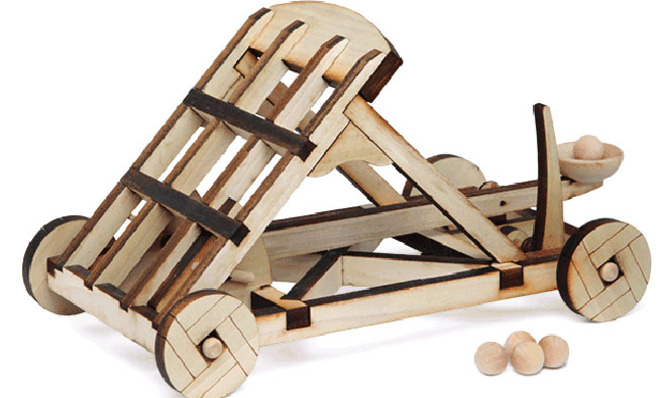
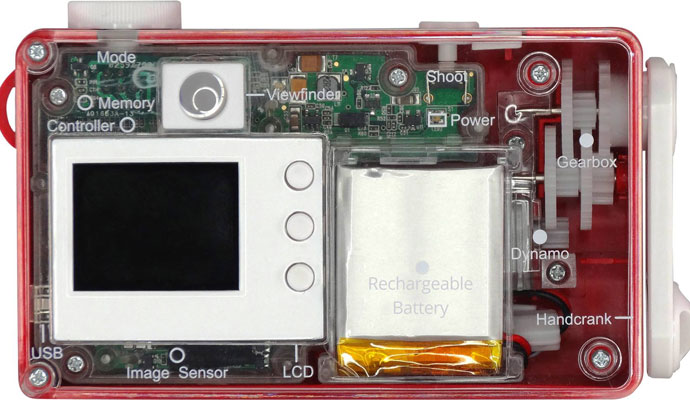
What it makes: This DIY digital camera has a hand cranked energy source, the ability to take 3D photos, and software that allows you to process your photos.
What kids learn: During assembly, The Bigshot (when used in conjunction with The Bigshot Website) aims to teach fundamental concepts in optics, mechanics, electromagnetism, electronics, and image processing. Then there is a creative component seldom available in assemble-it-yourself kits, and that is experimenting with photography itself, learning the arts of framing, lighting, and motion.
The Week
Escape your echo chamber. Get the facts behind the news, plus analysis from multiple perspectives.

Sign up for The Week's Free Newsletters
From our morning news briefing to a weekly Good News Newsletter, get the best of The Week delivered directly to your inbox.
From our morning news briefing to a weekly Good News Newsletter, get the best of The Week delivered directly to your inbox.
2. GoldieBlox and the Spinning Machine
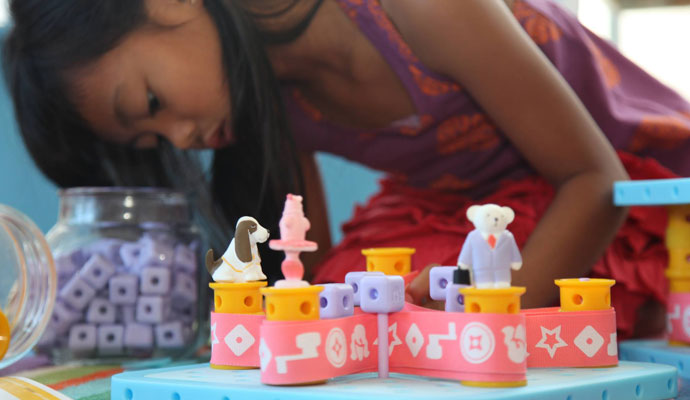
What it makes: The Spinning Machine is the base of the GoldieBlox world, to which other kits and accessories can be added. According to the story book that accompanies it, The Spinning Machine is a device to help Goldie's dog spin so he can catch his tail. What it actually makes is a variety of different designs that demonstrate girl-friendly engineering concepts.
What kids learn: GoldieBlox has enjoyed wide popularity since its 2012 introduction, partly due to its creative ad campaigns, its Kickstarter funding, and the simple novelty of producing an engineering toy that speaks to girls. It does this by combining a cool heroine, cute animals, and pretty colors to the teaching of spatial skills, engineering principles (how wheels, axles, and belts work), and confidence in problem-solving.
3. Native American Indian Fire Making Kit
A free daily email with the biggest news stories of the day – and the best features from TheWeek.com
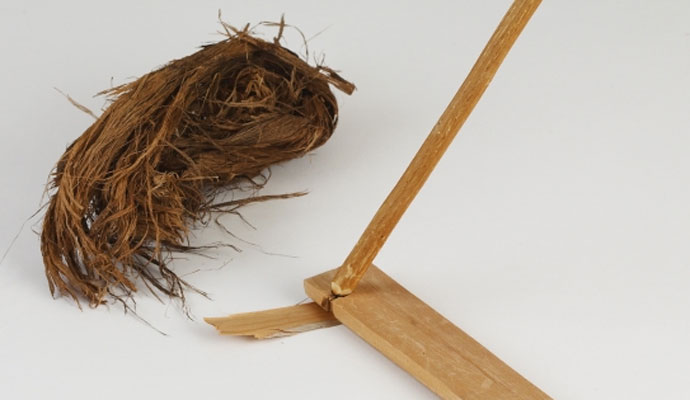
What it makes: Fire. Particularly authentic fire, apparently. The website which sells these individual hand-made kits, Nature-Watch, writes that they "established a relationship with an expert in primitive technology and traditional Native American techniques. This incredible individual creates authentic, age-old tools that he individually hand crafts." The kit provides natural wood spinning stick, base, and tinder.
What kids learn: Physics. Three things are needed to start a fire: fuel, oxygen, and heat. The friction of the rubbing sticks begins to change their composition on a molecular level, and these changes, when combined with the surrounding air and the fuel the wood supplies, creates fire. Also a starting point for Native American studies and wilderness survival. (Just be careful! This is fire, after all.)
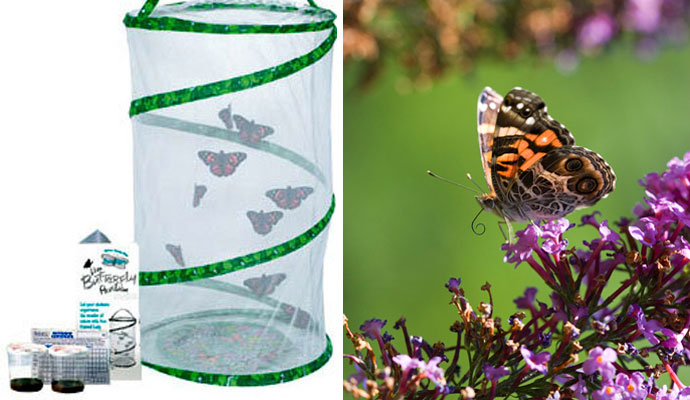
What it makes: Live American Painted Lady Butterflies.
What kids learn: The butterflies are shipped in a larval stage, (five are shipped, at least three of which are guaranteed to survive) so a child can learn all about the life cycle of butterflies, as well as their survival needs. Also, patience, as it can take up to three weeks for the larvae to come after you've sent for them, and then another three weeks of growth before becoming butterflies.
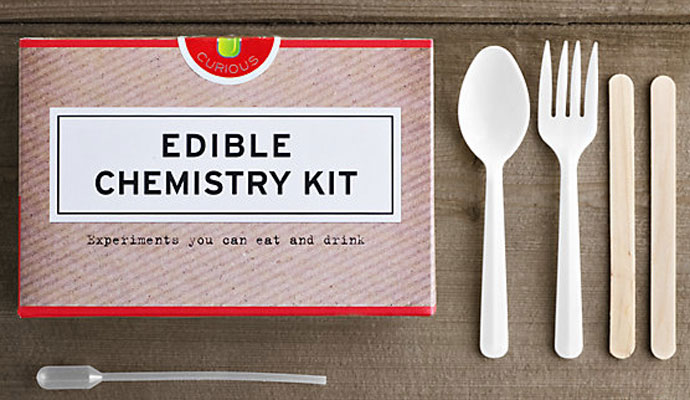
What it is: Chemicals (citric acid, sodium bicarbonate, sodium alginate, and "magic color crystals") and mixing tools that enable kids to perform 16 different experiments, all of which can be tasted. Some outside food may be required.
What kids learn: Some of the secrets behind the foods they eat, what causes fizzing, foaming, and why pudding stays together. And the mind blowing realization that everything we eat is, in some way, science!
6. Exclusive Wooden Catapult Kit
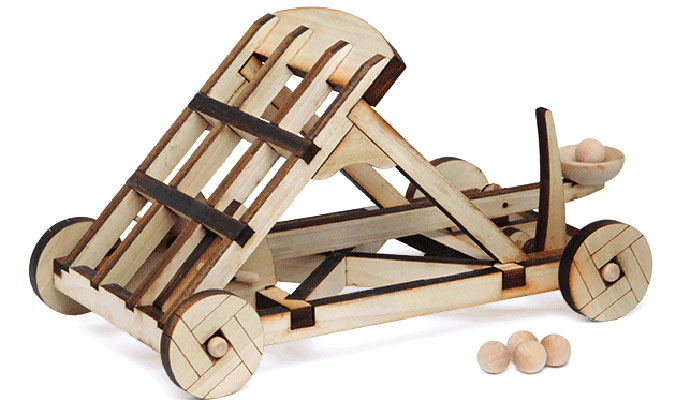
What it is: Technically, it was called an onager, and was a model favored by ancient Romans. Kit includes laser-cut hardwood frame, wheels and axles, high strength cordage, all required hardware, wooden ammo, and detailed full color instructions. But no glue. Twenty-foot range.
What kids learn: History and engineering all in one. Tensile strength, arcs of descent, wheels, axles, and a lot more concepts easier touched than described. It's also a starting point for history discussion. There are many different kinds of projectile weapons in history, used by different cultures at different times. Why did the Romans, who conquered the known world, favor this design? Also, can you launch French cows at English knights with them? Of course you can.
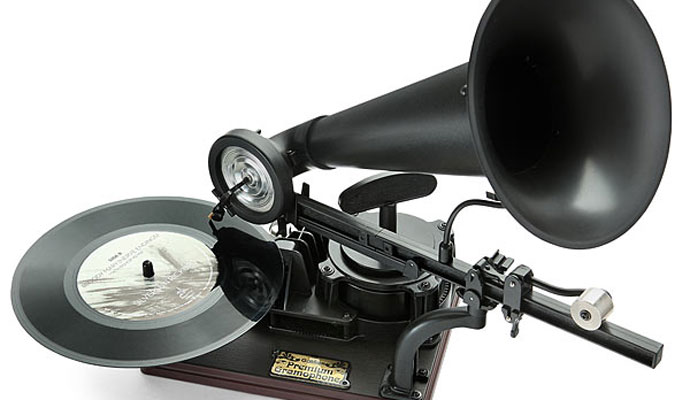
What it is: A record player with varying speeds for all records. Also a machine that allows you to cut your own records on blank CDs . The instructions are in Japanese, but are reputed to be so well illustrated that it isn't a problem. No electricity required, works on a wound spring.
What kids learn: I am a reasonably intelligent adult woman, and I still can't quite understand how the bumps and groves on a record, when run over with a tiny needle, creates the complex, loud coolness of Credence Clearwater Revival in my living room. This kit would disband that confusion part by part, as you cut your own stylus and connect all the pieces that show exactly how that strange miracle happens.
Therese O'Neill lives in Oregon and writes for The Atlantic, Mental Floss, Jezebel, and more. She is the author of New York Times bestseller Unmentionable: The Victorian Ladies Guide to Sex, Marriage and Manners. Meet her at writerthereseoneill.com.
-
 7 bars with comforting cocktails and great hospitality
7 bars with comforting cocktails and great hospitalitythe week recommends Winter is a fine time for going out and drinking up
-
 7 recipes that meet you wherever you are during winter
7 recipes that meet you wherever you are during winterthe week recommends Low-key January and decadent holiday eating are all accounted for
-
 Nine best TV shows of the year
Nine best TV shows of the yearThe Week Recommends From Adolescence to Amandaland
